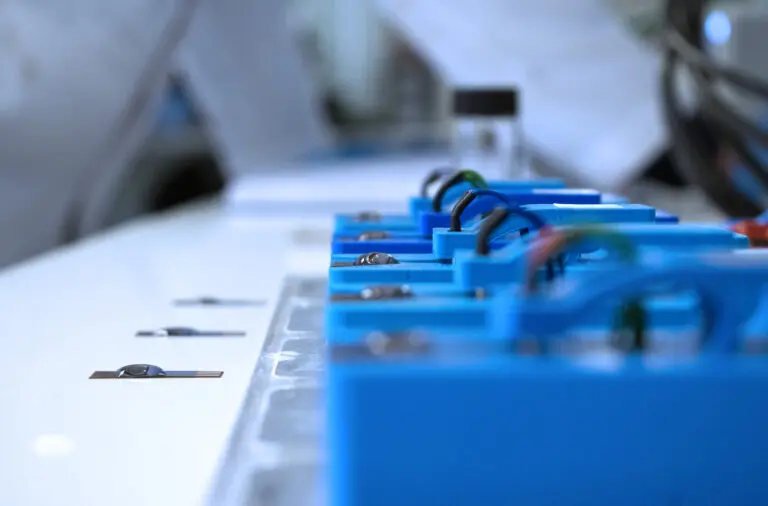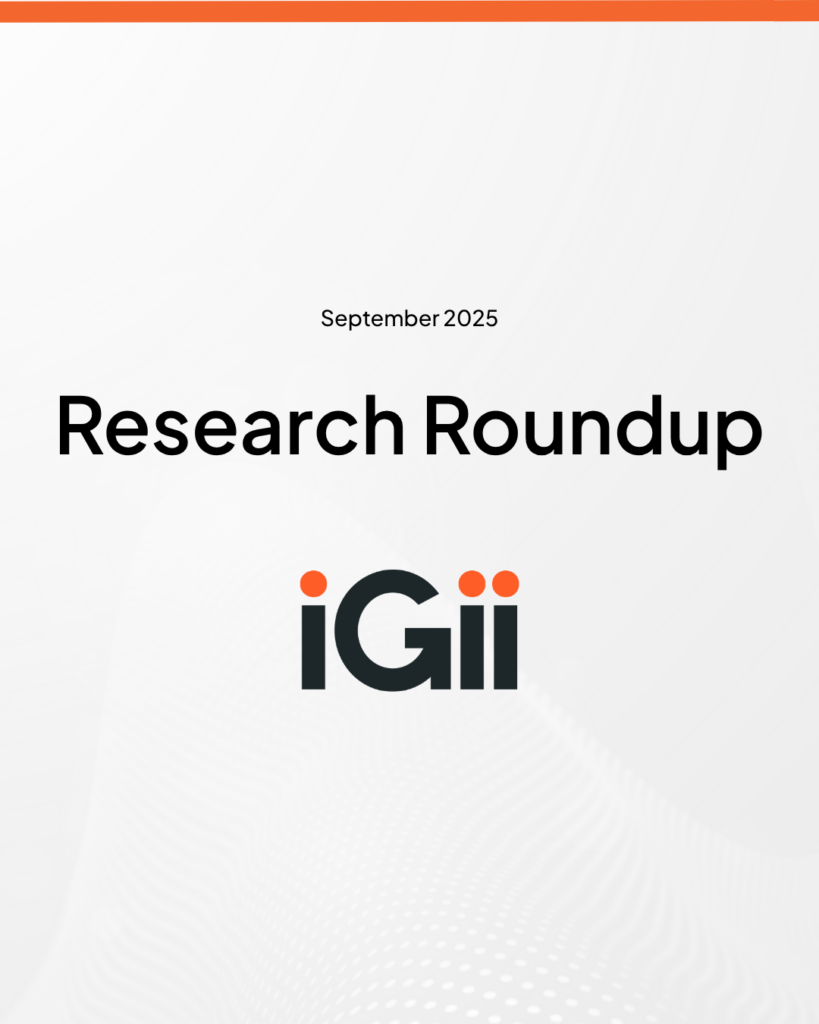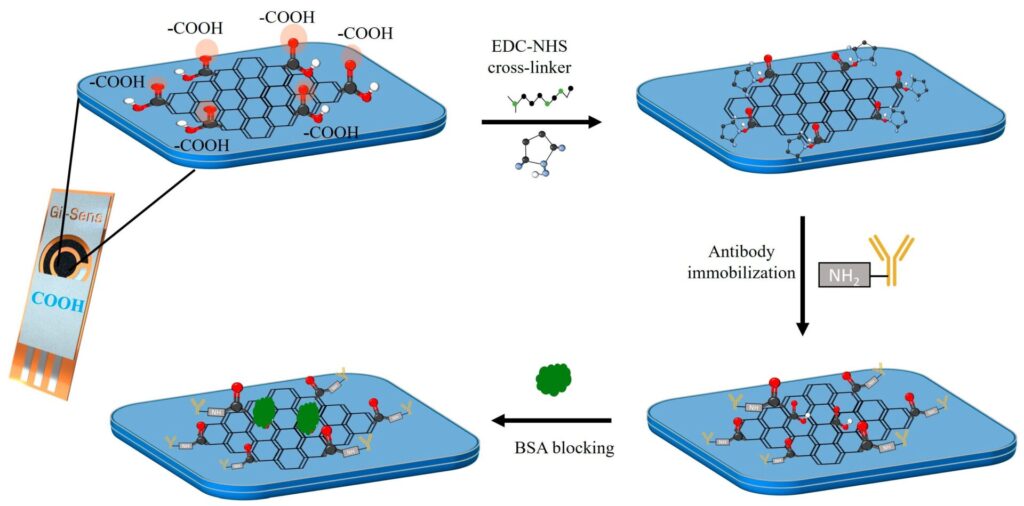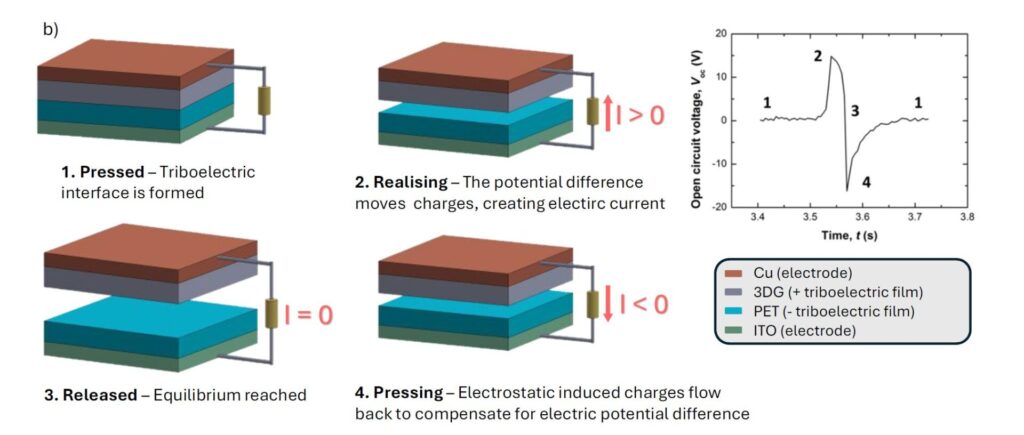
Smart Glucose Monitoring: Pure 3D Carbon Nanomaterial and Gold Nanoparticle Based Biosensors with Real-Time Monitoring
Highlights
- The work demonstrated a promising alternative for non-enzymatic and real-time monitoring with an electrochemical glucose detection method with Gii functionalised with gold nanoparticles that offers improved sensitivity and lower limits of detection.
- Sensitive and reliable detection range from 5mM to 25mM.
- With further optimisation and development of the system, the advancements made with Gii in this study have the potential to elevate the precision and effectiveness of electrochemical sensing systems, which can open doors for enhanced analytical capabilities and applications not only for point-of-care diagnostics but for various fields.
Abstract
Diabetes mellitus requires precise and reliable blood glucose monitoring, but traditional glucometers face limitations due to enzymatic biosensors being affected by pH variations, blood sample concentration, and calibration errors.
Additionally, test strip variability, contamination, and expiration can compromise accuracy. The readout circuitry in conventional glucometers also encounters challenges such as limited processing power, slow response time, low-resolution ADCs, sensor degradation, and poor display quality, all of which impact performance.
To address these issues, Gii, a pure porous 3D carbon nanomaterial, offers a promising solution with its superior electrical conductivity and high surface area. Its porous structure enhances enzyme immobilisation, ensuring improved glucose sensing efficiency and stable electrochemical performance.
To further enhance sensitivity and detection limits, we have functionalized Gii with gold nanoparticles (AuNPs) to facilitate superior electron transfer and signal response. A custom, real-time readout circuit was developed using a microcontroller and operational amplifiers, with signal processing techniques. The microcontroller and operational amplifier in the custom circuit ensure efficient signal amplification, processing and live feedback of results.
To validate its performance, initial tests were conducted with Strontium Nitrate and Potassium Ferricyanide to evaluate chemical responsiveness. Further sensitivity analysis was performed using functionalized Gii for fructose detection at 5mM, 15mM, and 25mM concentrations, demonstrating consistent responses within a ±400μA range.
When compared to a commercial potentiostat, the system exhibited 70% accuracy. This innovative integration of Gii, AuNPs, and a customised electronic circuit marks a significant advancement in biochemical sensing, offering improved sensitivity, accuracy, and efficient signal processing for glucose monitoring.
Introduction
Diabetes Meletus is a dreadful disease which exists globally. It is estimated that people suffering from diabetes will rise to 621million by 2045 [1]. In the human body, the Pancreas control the level of sugar using a hormone called “Insulin”. When food enters the body, the pancreas, with the help of insulin, breaks down food into energy. The patient suffering from diabetes cannot break down food and thus suffers from an excessive amount of sugar in the blood. There are two types of diabetes: Type 1 and Type 2. Type 1 diabetes is related to the insulin-producing cells being destroyed by the human body. In this case the patient must take regular injections of insulin. Type 2 diabetes is commonly found, and it occurs when the body does not produce enough insulin.
Ahmed, oneeba and Wu, Ruiheng, Smart Glucose Monitoring: Pure 3d Graphene and Gold Nanoparticle Based Biosensors with Real-Time Monitoring. Available at SSRN: https://ssrn.com/abstract=5239580 or http://dx.doi.org/10.2139/ssrn.5239580


